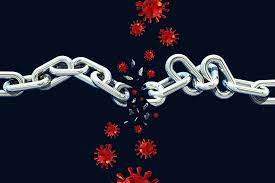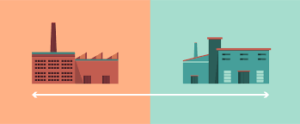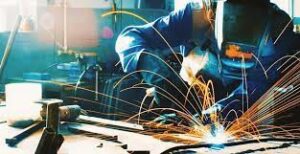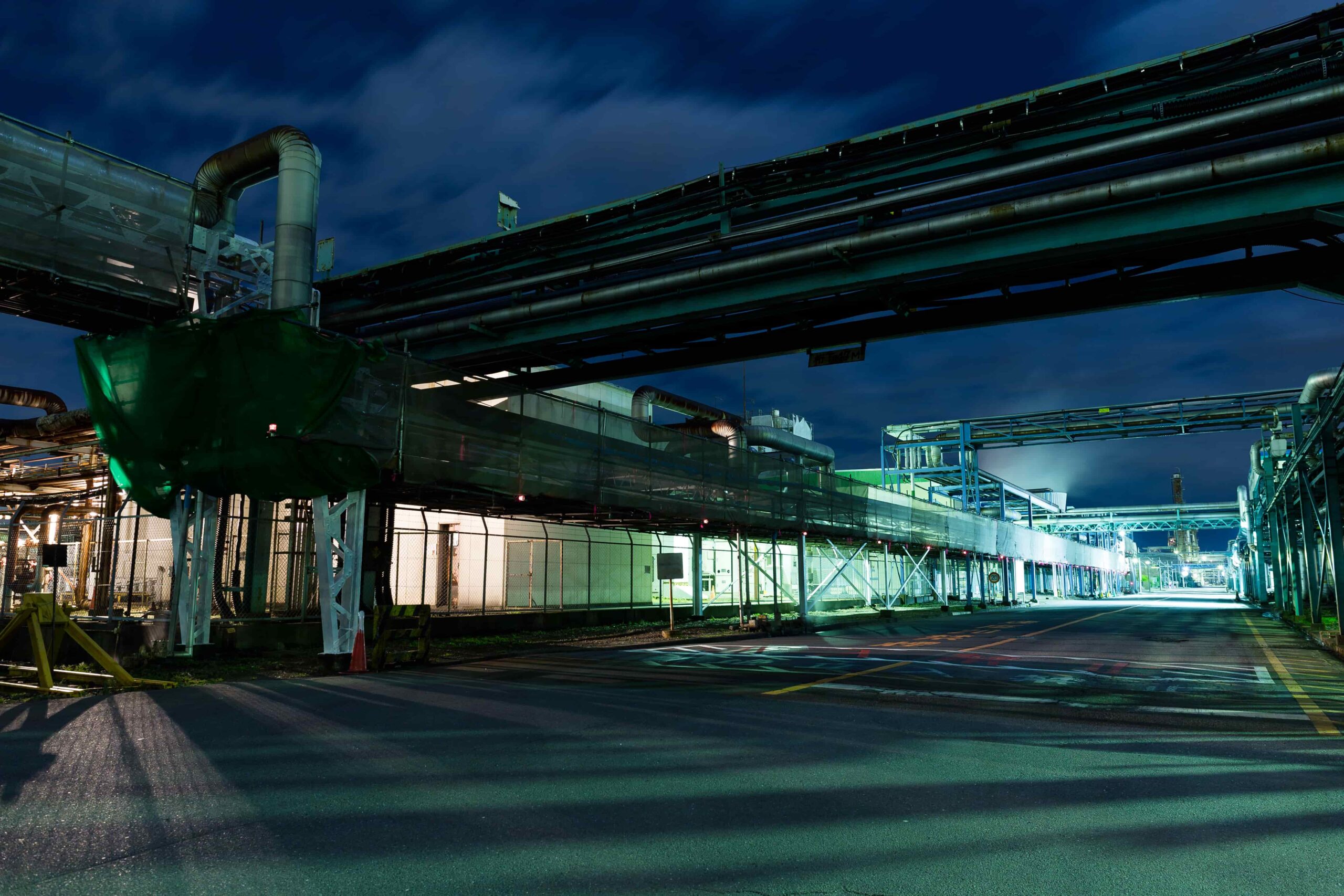Like many other industries, manufacturing has been impacted profoundly by the COVID-19 pandemic. Heavily reliant on their workforce, manufacturers confront a rapid alteration to the health and safety requirements posed by the crisis while also subject to considerable disruptions in the global supply chain and changing demand. The disruptions have severe operational, social and financial consequences. Thereby forcing manufacturers to work hard on risk management and contingency plans, workforce safety procedures, manufacturing operations and new ways of working opportunities, all at the same time.
So far, in order to keep the business as stable as possible during the difficult times, many manufacturing leaders have focused their effort and resources on solving the immediate challenges. They have done research and studied to have a better understanding of their production demand changes, employment support challenges and supply chain ecosystem constraints.
In this blog, we’ll discuss the current effects of the pandemic on demand and the supply chain, and what manufacturers can do to respond to the changes.
1. Manufacturing industry’s changes in Demand
On the demand side, the COVID-19 effect on manufacturing has led to two distinct consequences, with a decrease in some areas and an increase in others.
- Decreased demand — Industries such as travel and tourism have been hit hard. When the borders are closed, cities are under lockdown, and people are isolated with others, these industries have been seeing major decreases in bookings as a result of COVID-19. On the manufacturing front, they all foresee a financial impact that will profoundly affect a change in operations, such as reduced production volumes or head count.
- Increased demand — At the other situation, consumer packaged products and medical equipment and supplies are seeing major increase in demand. When most of the service businesses are closing or shutting down, people have to purchase more goods and supplies in order to be able to self-service at home. Demand for products such as protective mask, toilet paper and hand sanitizer also pumped up as the hazard of the pandemic became clear. That puts a high-pressure role to increase production on manufacturers. Manufacturers of these products are now having to run 24/7 with maximum capacity in order to meet global demand. On the medical front, ventilators and personal protective equipment like face masks are considered as a critical and emergency need, and manufacturers have expanded production in order to meet the increased demand.

In all scenarios, manufacturers need to carefully identify the products that are most important for stable growth and development, support associated supply chains, and enhance critical skills to meet near term and future demand.
2. Supply Chain Disruptions
Since the pandemic spreads all over the world and impacts all aspects of society, the global manufacturing supply chain has absolutely been greatly affected. For months since the COVID-19 disease began to spread, goods and commodities in the upstream supply have been produced slowly down, or sometimes not at all, thereby leading to production and supply chains have been decrypted profoundly. Supply chain disruption is leading to many problems which create several consequences on global economy:
- Delivery delays — New health and safety regulations apply to all workplace across countries around the world due to COVID-19. Each country has to keep its community safe and prevent the virus spreading – as this has meant changing how businesses operate things. Social distancing within the processing facilities means businesses cannot move goods and supplies as quickly as they would like. Additionally, delivery always depends on flight routes, but many domestic and international routes are currently suspended. Even some countries are not currently accepting parcels.
- Increased costs — In order to meet the increased demand during these challenging times, most manufacturers are trying to maintain production levels in anticipation of a return to business as usual. However, they all expect increased costs to be able to maintain production in the face of supply chain disruption. They have had to seek alternative suppliers which might often have higher costs to deal with, and some manufacturers have no other way better than being forced to pass along to customers.
- Uncertainty — With the scale of the global economic slowdown still unknown and COVID-19 spreading still complicated, manufacturers stated it is too soon to tell when business would return to normal.

3. What Can You Do?
This crisis has taught us a lesson that the only constant is change. We’re all seeing – and will continue to see – a variety of changes to our manufacturing industry. And what you can do while waiting to welcome your workforce back to normal is to prepare and equip your company, consider these ways to strengthen your organization.
3.1. Improve predictive powers

Improving your predictive powers should be your priority in order to make your supply chain more resilient. With the help of digital supply chain mapping systems, your organization can be able to make informed, coordinated decisions by giving you insight into the entire supply chain. With better predictive power, knowing which bottlenecks in your supply chain might be eliminated gives you the ability to make adjustments even before supply issues happen, thereby ensuring the supply chain has a much less devastating effect on production.
3.2. Increase your flexibility

In order to help your organization manage inventory levels, you should diversify your supplier network. In the face of the impact of global shortages on production, building inventory levels can help reduce the risks of disruptions to the supply chain.
3.3. Shift production

Your organization also should improve its flexibility to retool production of essential goods by increasing facility capabilities. As demand for consumer goods is cooling down, some manufacturers have shifted production towards essential goods to help fight against COVID-19. With strong support from the government, flexible production options can help keep production stable while contributing to your own country’s self-sufficiency.
3.4. Skilled workers

You should utilize this time in the chaos of COVID-19 to evaluate what your organization can do better. Preparing and equipping your employees with better and more flexible skills is one way to create a stronger workforce that adjusts more quickly to changes. Doing that not only contributes to your organization’s ability to retool production faster to address changing needs, but also helps your workforce adapt more quickly to digital transformation that can help your organization run more efficiently.
The COVID-19 pandemic will absolutely have a long-lasting effect on the future of manufacturing. And clearly, the paramount importance of building greater responsibility, agility, responsiveness, and resilience into their manufacturing operations is highlighted during this time. On another hand, the present challenge is an opportunity to learn, evolve, and reshape manufacturing for a better future. So, the time to start is now.
Contact Kyanon Digital for more detail and assistance to know the way to help your manufacturing business generate revenue effectively and efficiently.

